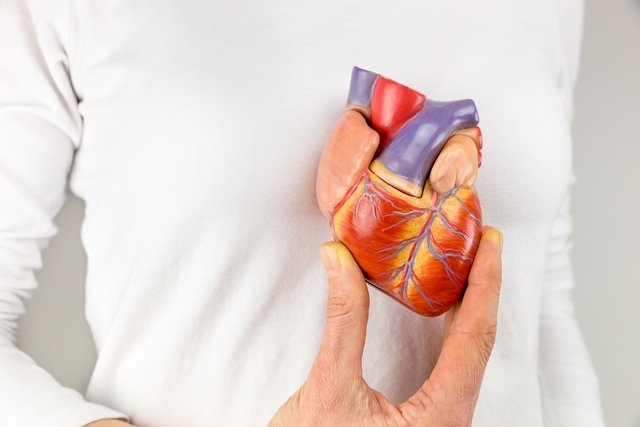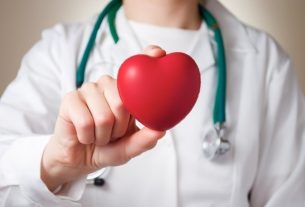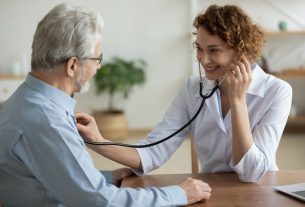Cardiac arrhythmia can be cured, but it must be treated as soon as the first symptoms appear to avoid possible complications caused by the disease, such as heart attack, stroke, cardiogenic shock or death.
The treatment of cardiac arrhythmia will depend on the severity of the symptoms, whether or not it is associated with other heart diseases and the type of arrhythmia, which can be:
- Arritmia benigna, in which changes in heartbeat may even disappear spontaneously, and can be easily controlled with medications prescribed by the doctor and regular physical activity. However, there must be periodic consultations with the cardiologist so that periodic cardiac examinations can be carried out to assess the activity of the heart and check whether there is a need to carry out any type of surgical procedure;
- Arritmia maligna, in which the changes do not disappear spontaneously and worsen with effort or physical exercise, which can lead to death if not treated quickly and correctly.
Arrhythmia corresponds to changes in the heartbeat, making the heartbeat faster, slower or even stopping the heart, which leads to symptoms such as tiredness, chest pain, paleness, cold sweat and shortness of breath. Learn how to identify cardiac arrhythmia.

When is arrhythmia serious?
In most cases of arrhythmia, there is no health risk. Most arrhythmias disappear spontaneously, generate few symptoms, and improve with some lifestyle changes, such as regular physical activity, ensuring a good night’s sleep, eliminating cigarettes and drinks, as well as avoiding the use of energy drinks and stimulants, such as coffee. .
Arrhythmia can be considered serious or malignant when it arises due to a change in the electrical functioning of the heart or when the heart muscle is affected by some disease. In these cases, the cause is more difficult to avoid and, therefore, there is a greater risk of the rhythm remaining altered for longer, increasing the chances of cardiac arrest, for example.
Furthermore, in people with atrial fibrillation, there is still a risk of clot formation, which can break off and reach the brain, causing a stroke.
Treatment options
Treatment options vary according to the symptoms presented, with the following approaches being most common:
- Electric shock, electrical cardioversion or defibrillation: its function is to reorganize the heart rhythm in some types of more urgent arrhythmias, such as in cases of flutter atrial, atrial fibrillation and ventricular tachycardia;
- Medicines: the main medications that may be recommended by the cardiologist to control symptoms and regulate heartbeats are Propafenone, Sotalol, Dofetilide, Amiodarone and Ibutilide;
- Artificial pacemaker implantation: a pacemaker is a device made up of a long-lasting battery whose function is to take control of the heart as the doctor programs it, regularizing the heartbeat and allowing the person to lead a normal life. See how to take care of the pacemaker;
- Cauterization or ablation surgery: in which a very localized and precise burn is made, which will prevent or hinder new arrhythmia attacks. The procedure lasts a few hours and may require sedation or general anesthesia.
Other important measures to treat and prevent arrhythmia are changes in lifestyle habits, that is, avoiding the consumption of alcohol, drugs, caffeinated drinks, black tea and cigarettes. Furthermore, it is important to practice regular physical activity and have a balanced diet.

Sign up for our newsletter and stay up to date with exclusive news
that can transform your routine!



